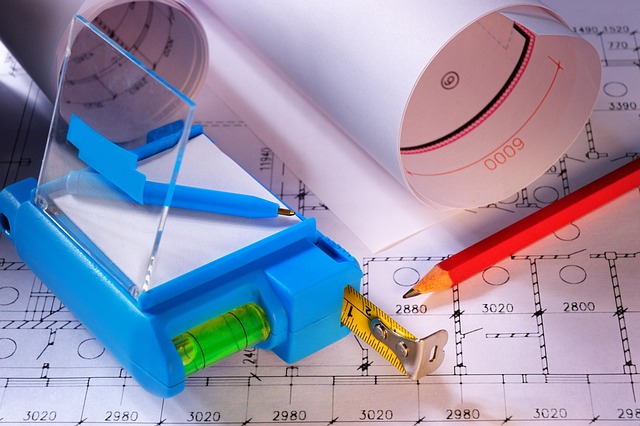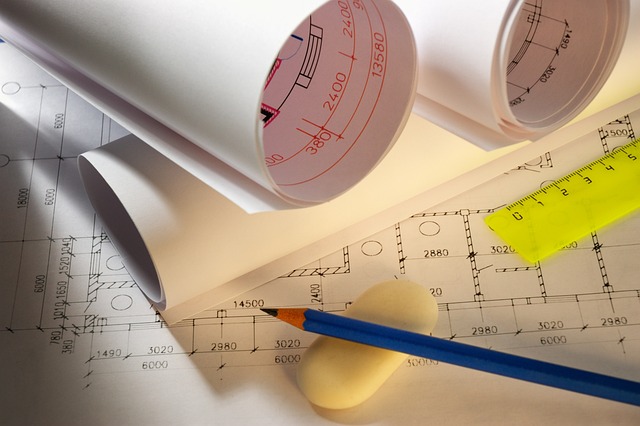Home improvement financing is a powerful tool for contractors to grow their business and satisfy clients by making large renovations more affordable. This strategy involves offering flexible payment plans, simplifying complex projects, and fostering trust through transparent communication of interest rates and terms. Accurate cost management is crucial, including breaking down projects into components, estimating individual costs, and tracking financial aspects closely to maintain profitability. By considering project details, regional factors, and market trends, contractors can effectively manage financing requirements and remain competitive in the home improvement financing for contractors market.
Estimating contactor loan fees can be a complex task, especially with the various financing options available for home improvement projects. This comprehensive guide aims to demystify the process by offering insights into ‘home improvement financing for contractors’. We’ll explore essential factors to consider when estimating loan fees, providing strategies to accurately calculate and manage associated costs. By understanding these aspects, contractors can make informed decisions, ensuring profitable and successful projects.
- Understanding Home Improvement Financing for Contractors
- Factors to Consider When Estimating Loan Fees
- Strategies for Accurately Calculating and Managing Costs
Understanding home improvement financing for contractors

Many contractors offer home improvement financing options to their clients, making it easier for homeowners to fund their renovation projects. Understanding this aspect of the business is crucial for both parties—contractors and clients. By providing financing, contractors can attract a broader customer base and ensure long-term satisfaction, as happy clients are more likely to recommend their services.
Home improvement financing allows contractors to break down large project costs into manageable monthly installments. This is particularly beneficial for complex or extensive renovations. Contractors should be able to explain different financing plans, interest rates, and repayment terms clearly to clients. Transparent communication builds trust and ensures clients understand the financial commitment they are making, fostering a healthy business relationship.
Factors to Consider When Estimating Loan Fees

When estimating contactor loan fees for home improvement projects, several key factors come into play. First and foremost, consider the type and scope of the project. Different types of home improvements carry varying levels of complexity and material costs, which directly impact the financing required. For instance, a simple painting job differs significantly from a complete kitchen renovation in terms of budget and timeline.
Additionally, assess your contractor’s experience and expertise. Established professionals with a proven track record might command higher fees due to their specialized skills and access to premium resources. The location of the project is another critical aspect; regional variations in labor costs and material availability can significantly affect the overall financing requirements. Lastly, don’t overlook administrative overheads and interest rates offered by lenders—these are essential components that contribute to the final loan fee estimate for your home improvement financing for contractors.
Strategies for Accurately Calculating and Managing Costs

Accurately calculating and managing costs is paramount in home improvement projects, especially for contractors offering financing options to clients. The first step involves breaking down the project into manageable components, identifying all associated expenses, and estimating each element separately. This includes labor, materials, overheads, and profit margins. By creating detailed estimates, contractors can avoid budget surprises and ensure client satisfaction.
Effective cost management requires constant communication with suppliers, regular review of purchase orders, and adherence to financial tracking systems. Staying organized enables contractors to identify variances early on, make necessary adjustments, and maintain profitability. Additionally, staying updated on market trends and material costs ensures that quotes remain competitive, enhancing the contractor’s position in the home improvement financing for contractors market.
When it comes to estimating contactor loan fees, a thorough understanding of home improvement financing for contractors is key. By carefully considering factors such as project scope, creditworthiness, and market rates, you can accurately calculate and manage costs. Implementing effective strategies allows contractors to offer competitive pricing, enhance client satisfaction, and secure profitable projects in the dynamic world of home improvement financing.
